What is A Purchase Order? How to Create Your Own?
Regarding supplier management, you’ll need a particular product or service to operate your small business, so you contact your suppliers and tell them what you need. They offer it. You pay them for it.
It seems too easy? Yes, the process of buying products can be more complicated than the description. There can be payment problems, supply lack, miscommunication that result in incorrect shipments, and scheduling interruptions.
Nevertheless, acquiring services from reliable sellers in a seamless, timely fashion doesn’t have to be good to be true - it can be possible, and choosing purchase orders can help. That’s why you should carefully follow this below article What is A Purchase Order & How to Create Your Own?
What is a purchase order?
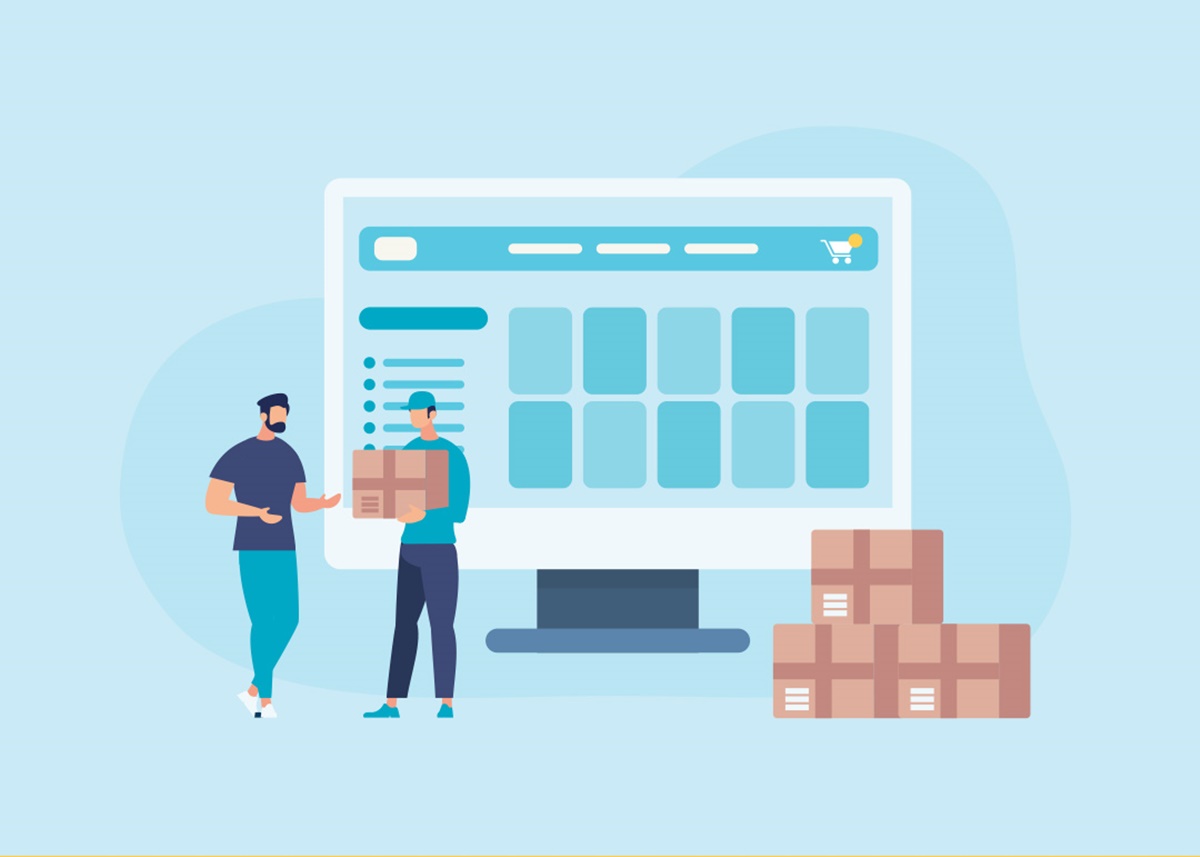
Definition
A purchase order, also known as PO, is an official document sent from a purchaser who commits to pay the vendor for the sale of certain goods or services to be shipped in the future.
The benefit the purchaser gets is the ability to close an order without instant payment. From the vendor’s viewpoint, a PO is a method to provide purchasers credit without risk, because the purchaser is obligated to pay when the goods or services have been shipped.
Every PO includes a unique number attached with it that helps purchasers and vendors keep track of delivery and payment. A blanket PO is committed to continually purchasing goods or services until a specific maximum is reached.
Examples
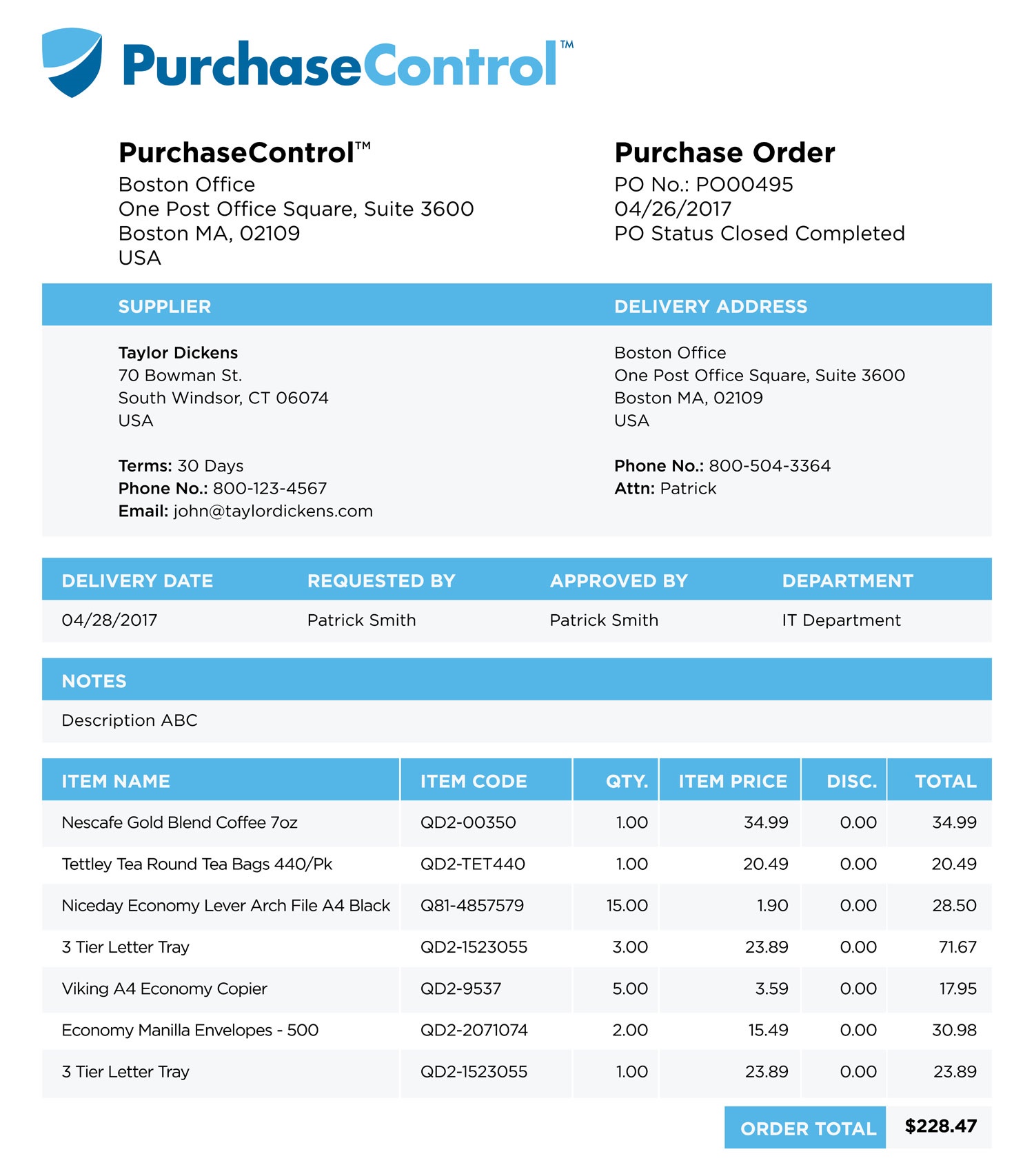
Different types of purchase order
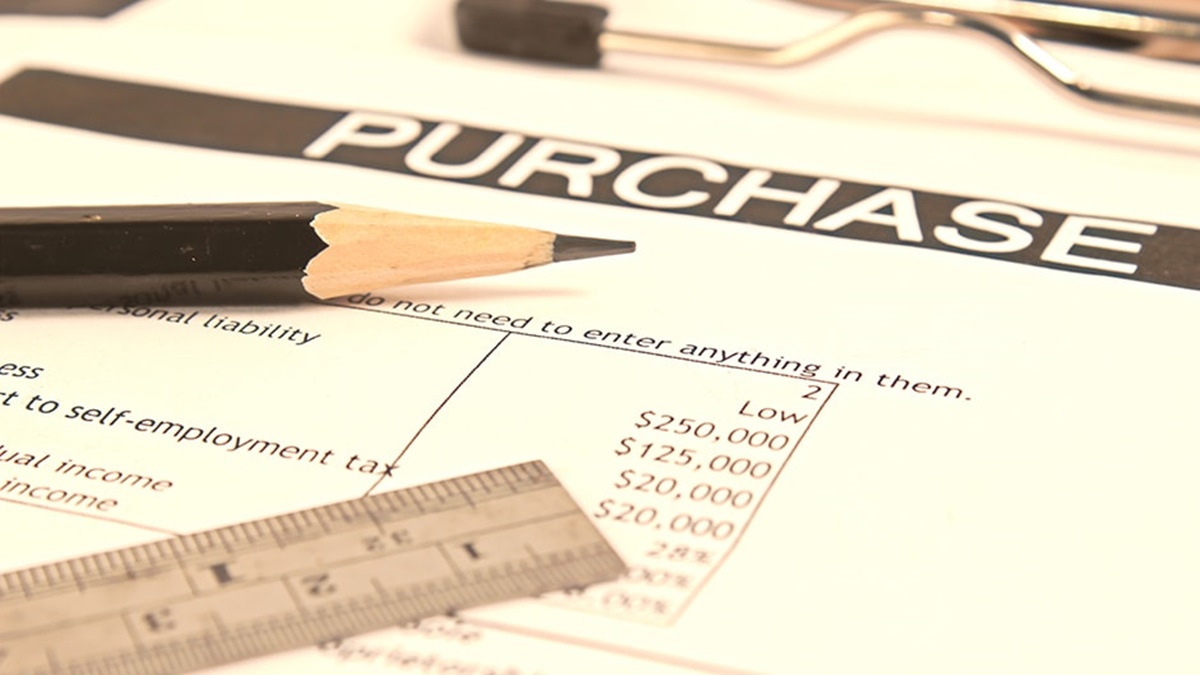
1. Standard purchase orders
Standard purchase orders are the most popular and recognized. In this case, the purchaser is clear on the purchase information and can determine what product or service they’re buying, the number, delivery schedules, and payment policies.
For instance, a business running low on printer cartridges may close a standard purchase order as they know precisely how much they need and when they need to obtain it. Using procure-to-pay software can further enhance this process by automating purchase order creation, tracking, and management, reducing the chances of errors and delays.
2. Planned purchase orders
As making a planned purchase order, a purchaser predicts the future demands of their company for the product in question by placing a purchase order in advance. In this situation, information such as the product, price, and payment policies are known, but the number is based on an educated guess, and the shipping date is tentative.
For instance, if the same business that is running low on printer cartridges makes a planned purchase order, the purchaser would estimate the number of printer cartridges they need with a more flexible delivery schedule.
3. Blanket purchase orders
With a blanket purchase order, a purchaser makes many orders at the same time to negotiate price discounts.
For instance, if the same business can negotiate a beneficial deal by committing to make many orders of printer cartridges and paper from one supplier, they might think of using a blanket purchase order to obtain these products.
4. Contract purchase orders
A contract purchase order is considered the most formal variation. In this situation, purchaser and vendor sign a contract about the terms of the purchaser before a purchase order referencing the contract is released. This sort of purchase order provides the most legal protection for those involved.
For example, if the same business signs a contract with their provider outlining the products, number, pricing, and delivery schedule of the promised goods and follows up with a standard purchase order, these businesses will stay under a contract purchase order agreement.
Purchase order vs Invoice: What are the differences?
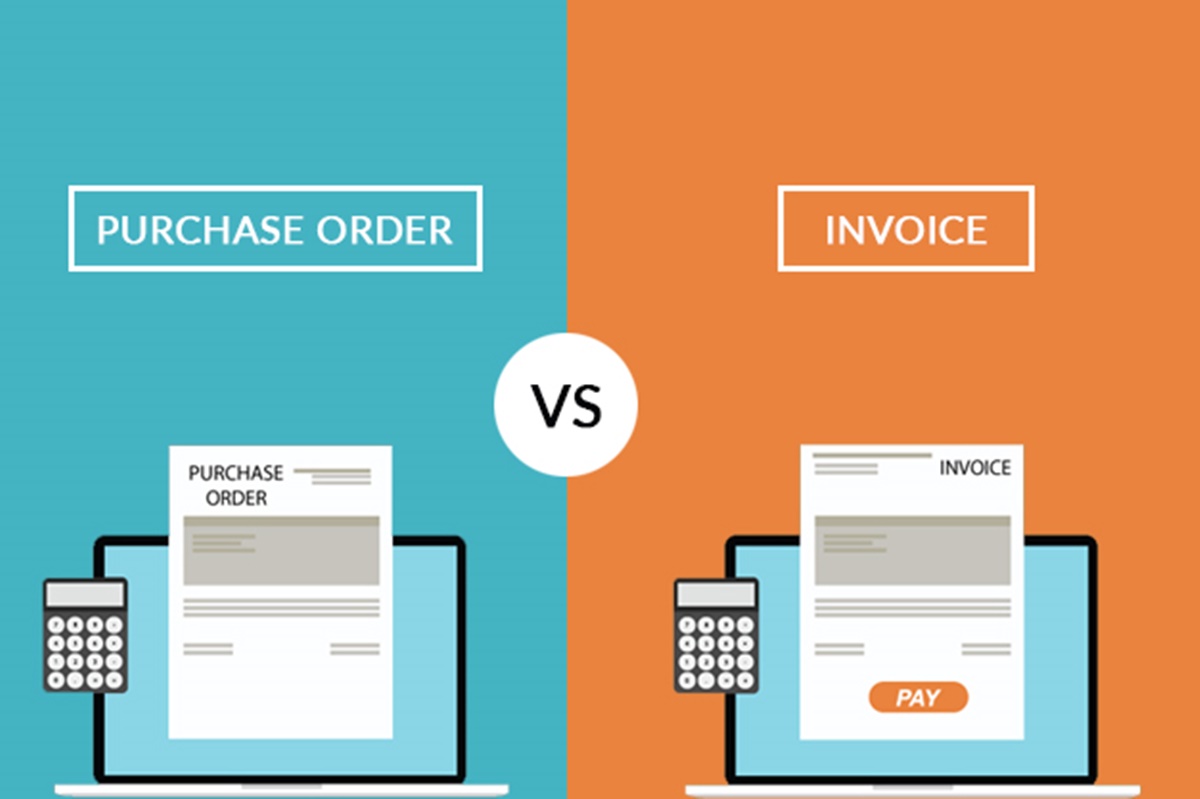
Purchasers create the purchase orders, and vendors create the invoices. Vendors may send an invoice as a method to collect payment - where there are specific payment terms or may send out an invoice with a zero balance as a method to record that a payment has been confirmed for the order.
Both purchase orders and invoices include the same details, such as a billing address, and shipping destination, Invoices usually reference the purchase order number, with the presence of an invoice number to clarify that both documents are associated and correspond with each other. The main difference is the order information and additional technical information contained in the purchase order are not added to the invoice.
Take a look at the following example:
John, the buyer, has got information from a department within his organization: requiring new monitors for the computers in the office. He makes the purchase order that shows the number and detailed requirements for the monitors.
The company that sells the monitors gets the order. When they confirm that they can supply the order, they pass the PO and receive the payment, or send the merchandise expecting that payment is based on the last agreed upon payment terms. When the payment is received, order fulfillment occurs, and the monitors are delivered with the delivery date and tracking details, and John gets the invoice.
The invoice either identifies the payment sent before the merchandise delivered or consists of the payment expiration date if money was not sent first. John checks the invoice to ensure that it matches the purchase order, and the checks the packing slip to ensure all products ordered were received, and payment is only issued for goods ordered and received, in a process called three-way matching.
Purchase orders are often mistaken with other sorts of documents. It is essential to know the discrepancies between orders and contracts, the discrepancies between purchase order and work orders, and the discrepancies between purchase orders and sales orders.
Functions of purchase orders
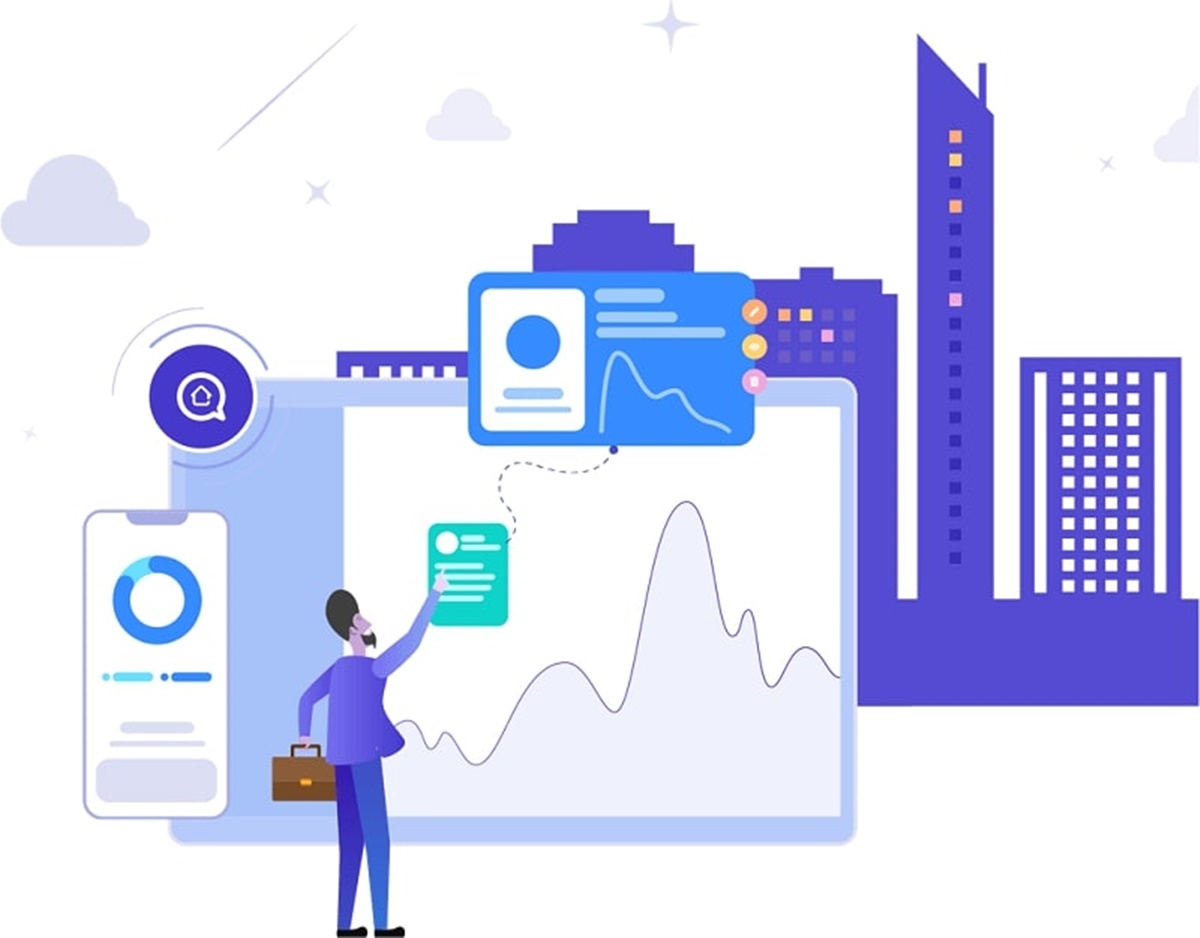
Purchaser chooses to order products from the vendor
Before an order can be closed, the purchaser must clarify a need that the vendor’s item or service can fulfill. During this stage, the purchaser should make sure what goods or service is required, how many items they need (if possible), and when they need it.
For instance, if you have to order new boxes to deliver your product orders to consumers, calculate the number of boxes, you’ll need, and the time you need them.
Let’s say you have an expected holiday coming up; you might look at the previous year’s box order and multiply it by your estimated growth this holiday to order the exact quantity.
Purchaser drafts purchase orders and sends to the vendor for approval
With the details above, the purchaser should outline the purchase order and send it to their vendor for approval. Now merchants can save time to manually create PO, and easily plan a PO based on actionable insights with Magestore retail software. As sending the purchase order to a vendor, show that approval is needed to make sure the process is on schedule.
Ideally, the response should arrive in time to get the goods or service on schedule or get the purchaser enough time to source it from another vendor.
From the example above, when you have clarified a seller that can supply your boxes, know how many boxes you will need and when you need them, you can use this information to draft your purchase order.
Vendor reviews purchase order and confirms whether can fulfill the request
When the vendor gets the purchase order, it depends on them to review the request and check inventory or availability to confirm whether it can be fulfilled by the due date from the purchase.
In the circumstance of the box shipment, the seller has reviewed your order, and after reviewing their inventory and delivery capacity, they identify they can fulfill your request.
Purchase order approval
If the vendor can fulfill the request as guided by the purchaser, they’ll approve the purchase order and make it legal to bind.
Because the box company can fulfill your request, they send out an approved copy of the purchase order to you to make the confirmation.
Product or service fulfillment
After the purchase order is approved, the vendor takes responsibility for supplying the goods or services as agreed upon. During this step, they can create and send an invoice to the purchaser for the quantity in the purchase order. The invoice should recaps what products were offered, relevant quantity, and amount owed.
For instance, after approving the shipment of boxes, you should get the fulfilled order and an invoice for the quantity owed. This seller has net 30 payment terms, with the expectation of payment within 30 days of issuing the invoice.
Invoice paid
During this final step, the purchaser’s responsibility is to pay the invoice per the vendor’s payment terms.
It depends on the purchaser to submit payment for the invoice with approved payment terms.
How to create a purchase order?

Do you want to create your purchase order? Here is what you need to include:
- Header - Show your company information including the company name, business location, purchase order date, and order number.
- Seller information - Include the proper receiver for the purchase order. This is where you put the name of the vendor company, your detailed contact name, and the address of the vendor company.
- Ship to - Identify where the order should be delivered, what the delivery method is, the shipping terms, and the tentative shipping date.
- Order information - For every item included in the order, give a line item with the product code or SKU number, item name or description, number of units required, the price per unit, and the shipping date of every product.
- Summarize - Finish the purchase order by offering a subtotal, any applicable discounts, taxes, shipping fees, and grand total.
Summary
Through this article, we hope you can understand the definition of A Purchase Order and how to create it. We also include the knowledge about the difference between a purchase order and an invoice for you.
Leave any question you have in the comment box; we’re here to help and support you. Feel free to reach out to us.
New Posts






